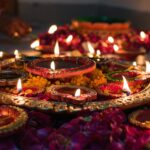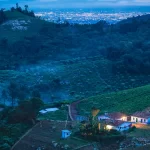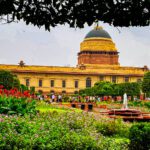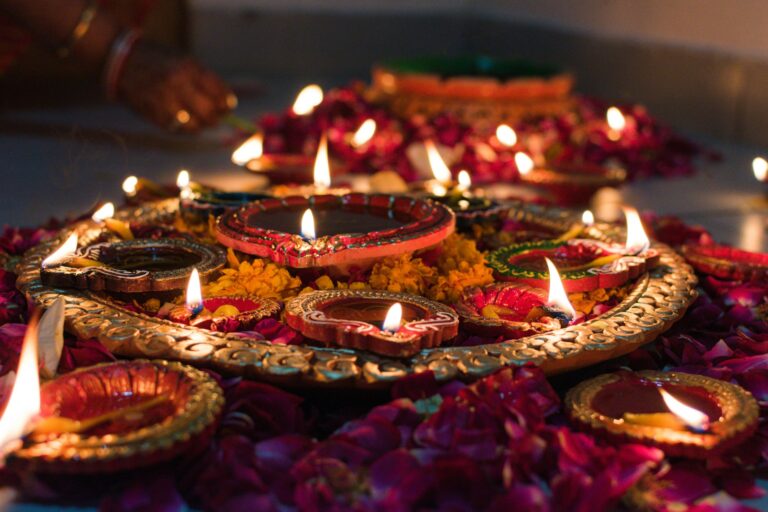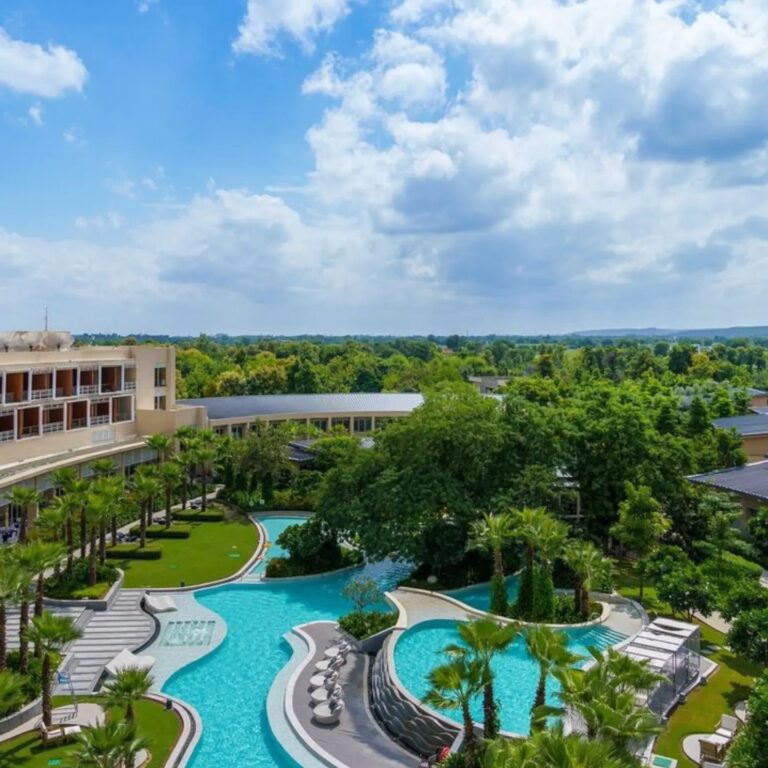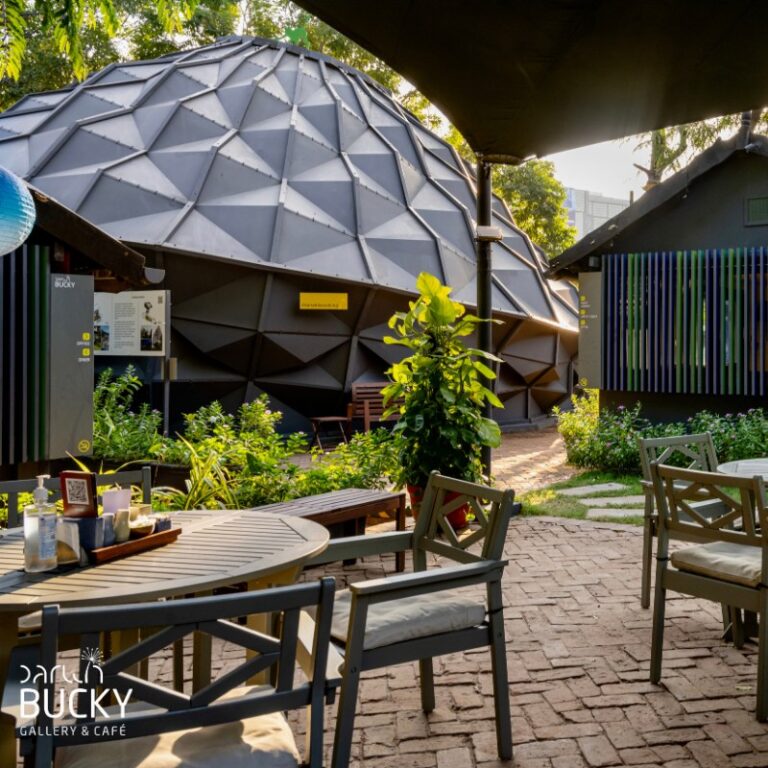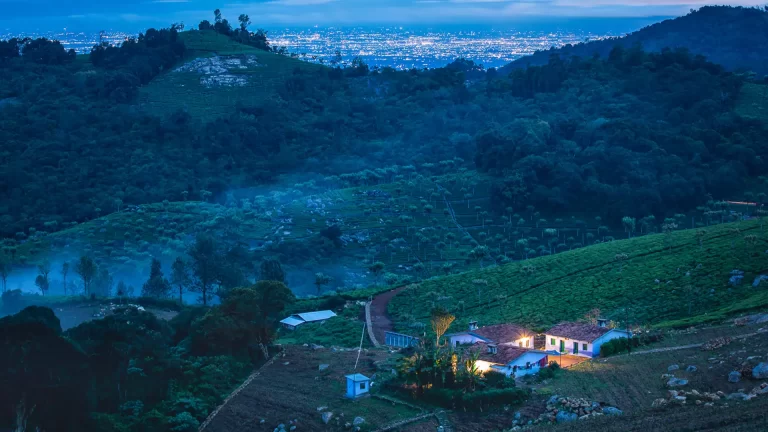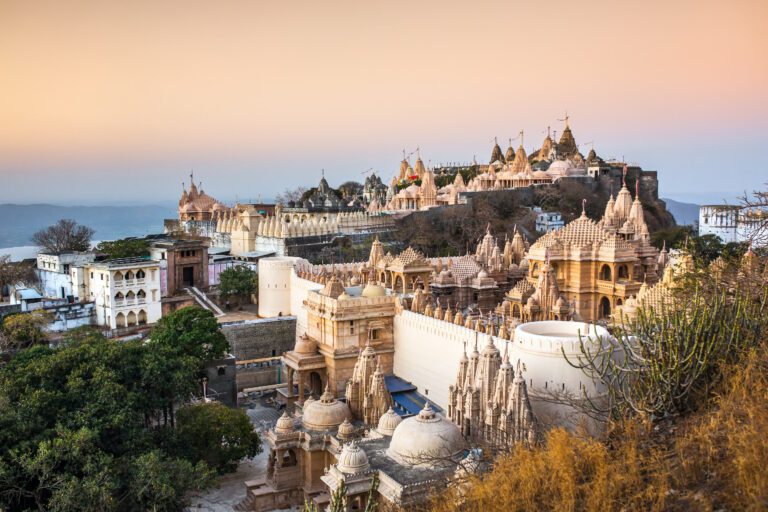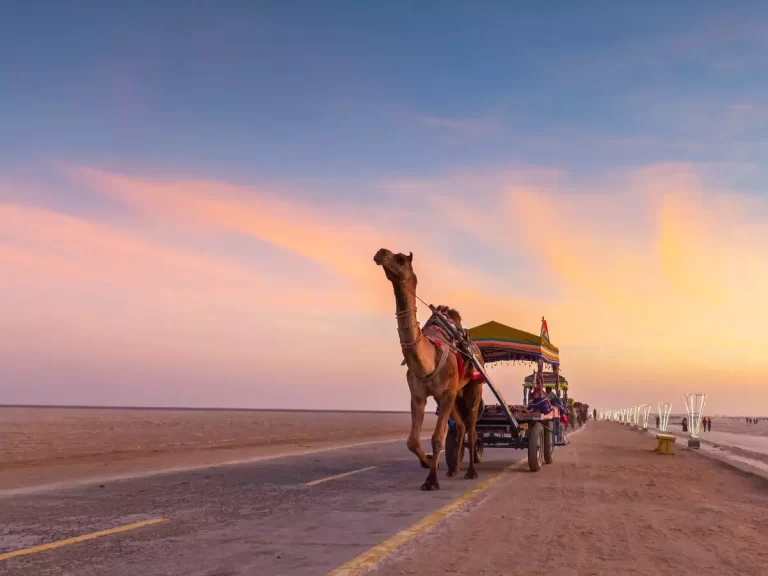Diwali, also known as Deepawali, is an age-old festival celebrated with grandeur and devotion across India. It signifies the triumph of good over evil, and this year, the date is November 1, 2024. Homes are filled with light, communities gather in joy, and people across the country, each with their unique customs, come together to honor the essence of light driving away the darkness.
Table of Contents
Diwali 2024: Embracing Light, Prosperity, and Togetherness
The significance of Diwali goes beyond lighting lamps and enjoying festivities; it is a deeply symbolic celebration of spiritual enlightenment and prosperity. The name Diwali derives from the Sanskrit words ‘Deepa’ (clay lamp) and ‘avali’ (a continuous row), creating an image of homes and streets illuminated with rows of lights. Across various Indian states, Diwali is known by different names—Jain Diwali, Bandi Chhor Diwas in Sikhism, and Tihar in Nepal—all united by the themes of light, hope, and renewal.
Diwali Across Regions: The Legends That Unite India
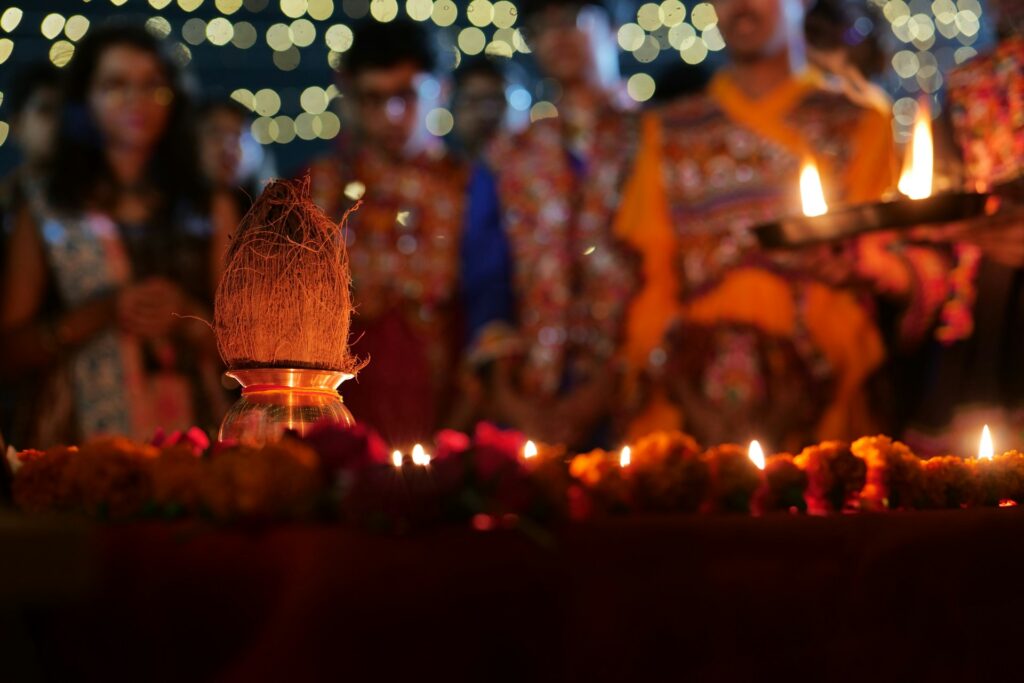
Diwali’s appeal lies in its ability to resonate with diverse regional beliefs, each adding its unique lore:
- In Northern India, Diwali celebrates Lord Rama’s return to Ayodhya after his victory over the demon Ravana. Ayodhya’s residents had welcomed him with rows of diyas, and today, families continue this tradition, honoring Goddess Lakshmi for wealth and Lord Ganesha for wisdom.
- In Southern India, the festival commemorates Lord Krishna’s victory over the demon Narakasura, symbolizing the defeat of evil and protection of dharma.
- In Western India, Diwali is tied to Lord Vishnu and the story of the demon King Bali. Vishnu is believed to have banished Bali to the underworld, promising him dominion there. As a tribute, households in the region light lamps and celebrate the day as a reminder of humility.
- In Eastern India, especially in Bengal, Goddess Kali is worshipped during Diwali. She is celebrated as a fierce protector who destroyed evil forces, signifying courage and divine strength.
These traditions bring families together to share stories, celebrate light, and renew their bond with the divine.
The Five Days of Diwali: Customs and Traditions
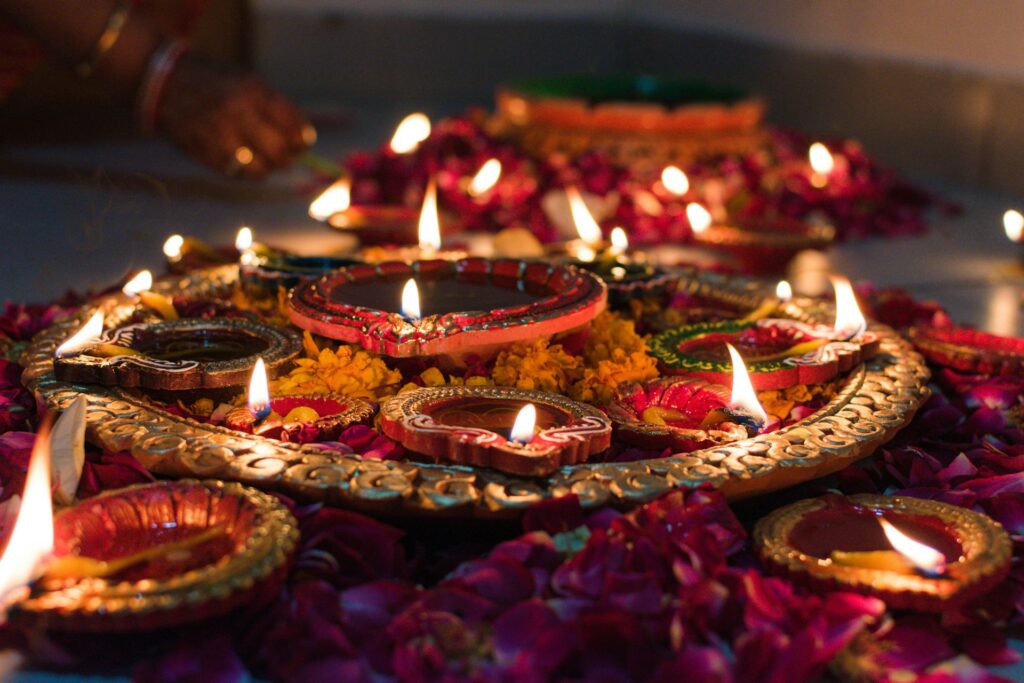
Diwali is celebrated over five vibrant days, each marked by rituals and unique practices that bring families and communities closer together:
- Dhanteras (October 30, 2024): Dhanteras, meaning “wealth” and “thirteen” in Sanskrit, falls on the thirteenth day of the Krishna Paksha (dark lunar fortnight). People purchase gold, silver, utensils, and home goods, symbolizing prosperity and good fortune. Homes are lit with thirteen reused diyas, each carrying its unique significance for warding off evil.
- Choti Diwali (October 31, 2024): Known as Naraka Chaturdashi, Choti Diwali celebrates Lord Krishna’s victory over Narakasura. Homes are adorned with rangolis and lamps, creating a festive atmosphere. In Bengal, the day is marked by lighting 14 diyas to honor ancestors and preparing a unique meal called ‘chothyo saag’—a mix of 14 leafy greens—reflecting respect for one’s roots.
- Diwali (November 1, 2024): This main day of Diwali features the Lakshmi-Ganesha Puja, with families lighting diyas and decorating their homes with flowers. After sunset, lamps are lit, prayers are offered, and the night is filled with festive light. With increased awareness, many households choose eco-friendly celebrations, reducing the use of fireworks due to their impact on air quality and noise pollution, which affects both humans and animals.
- Govardhan Puja (November 3, 2024): This day, also known as Annakut or Balipratipada, commemorates Lord Krishna’s protection of villagers from the wrath of Lord Indra by lifting Mount Govardhan. Devotees prepare an array of foods—typically vegetarian dishes like wheat, rice, and vegetable curry—which are offered to the deity, symbolizing gratitude for the earth’s bounty. It is also a day to express gratitude for the tools that support people’s livelihoods, with artisans, businesspeople, and farmers all celebrating in their own ways.
- Bhai Dooj (November 4, 2024): Similar to Raksha Bandhan, this day celebrates the sibling bond. Sisters apply a tilak on their brothers’ foreheads, symbolizing protection and blessings, while brothers exchange gifts as a gesture of love and lifelong support.
Diwali Across Faiths: A Festival of Unity
Diwali’s spirit of light, renewal, and goodness extends across Indian religions:
- Jain Diwali: Celebrates the liberation of Lord Mahavira, marking his journey toward enlightenment.
- Sikhism: Known as Bandi Chhor Diwas, this day commemorates Guru Hargobind’s return to Amritsar after imprisonment, symbolizing freedom and justice.
- Buddhism: Vajrayana Buddhists light lamps and decorate monasteries to honor Emperor Ashoka’s conversion to Buddhism, celebrating the spread of peace and the principles of dharma.
Traditional Attire and Delectable Feasts
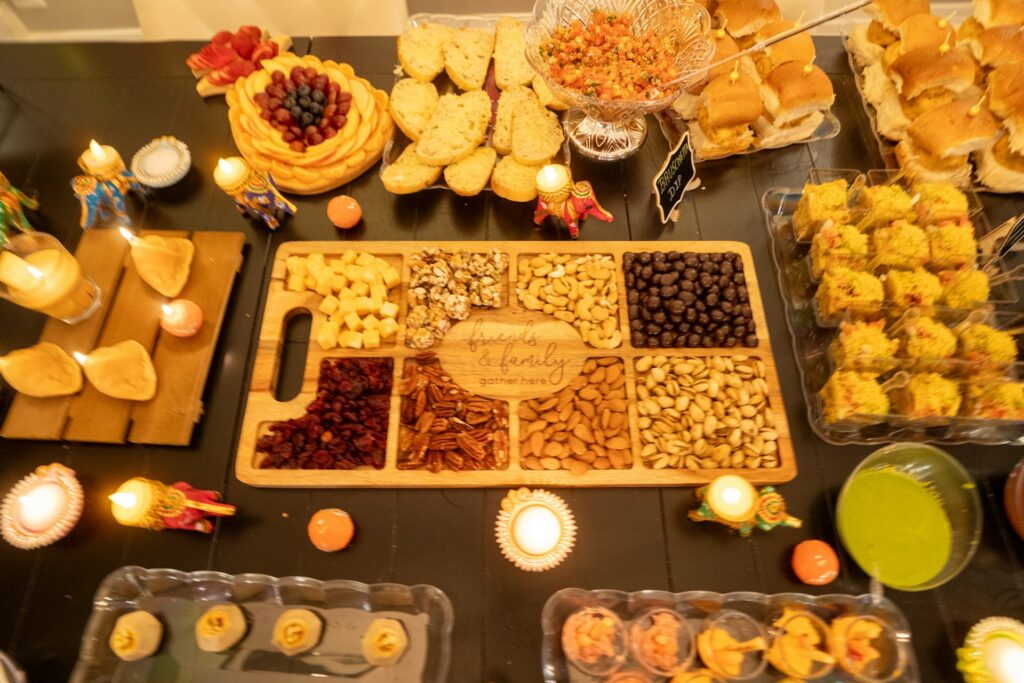
Diwali is a time to showcase traditional Indian attire. Women dress in vibrant sarees, lehenga cholis, and salwar suits with intricate patterns, often complemented by traditional jewelry and flower garlands. Men typically wear kurtas, sherwanis, and ethnic jackets, embracing the spirit of the celebration.
No Diwali is complete without its delectable feasts. The festival is synonymous with a vast array of both savory and sweet delights, such as samosas, pakoras, and chaat to start, with rich desserts like gulab jamuns, ladoos, and jalebis taking center stage. Many regions have their own unique treats, from rasgullas in Bengal to dhokla in Gujarat.
Diwali 2024 embodies the unity, warmth, and joy that transcend cultural boundaries. With celebrations filled with light, food, and the company of loved ones, Diwali remains a beautiful reflection of India’s rich cultural diversity and collective spirit.

